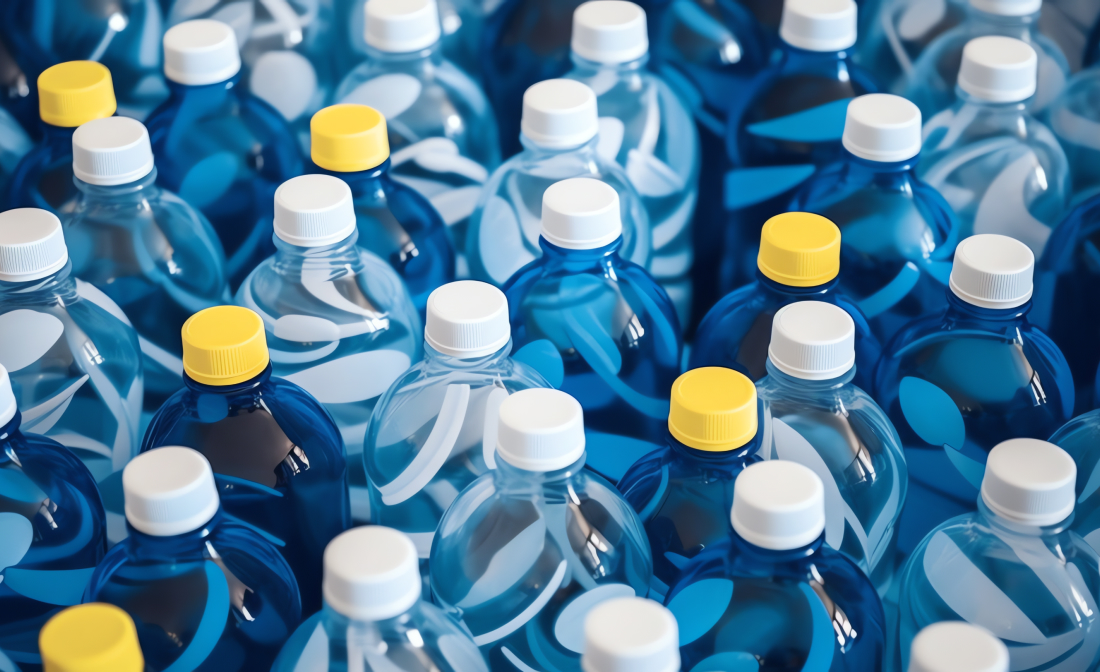Plastic usage has increased approximately 24 times in the last 54 years, growing from 15 million tonnes in 1964 to approximately 360 million tonnes in 2018. Despite its environmental challenges, plastic remains an integral part of our daily lives due to its adaptability and cost-effectiveness. Latin America, a major contributor to the global plastic industry, significantly bolsters the region's economy and employment sector.
However, the path to progress isn't obstacle-free. The Latin American plastic industry confronts several challenges, which, if unresolved, might impede its growth, already affected by COVID-19. In this article, we'll delve into these issues and discuss potential solutions for the industry to continue sustainable development.
Plastic Industry in Latin America: Overview
The Latin American plastic industry has demonstrated remarkable growth over recent years before the pandemic hit. According to Statista, Latin America's plastic production accounted for approximately 4% of the total global production of plastic materials in 2019.
Nevertheless, the region’s competitiveness is faltering due to political instability, poor infrastructure, and a lack of skilled workforce. In addition, as indicated in a report by SP News, the industry struggles with challenges related to environmental regulations, outdated technology, and access to raw materials. These issues must be resolved to ensure the industry's continuous growth and contribution to the regional economy.
As mentioned above, Latin America is among the worst affected regions by the COVID-19 pandemic. Due to economic and policy uncertainty, the industry is projected to witness a slow recovery and reach 2019 production levels only by 2028.
Key players in the region include Brazil, Mexico, and Argentina, with Brazil remaining the largest regional producer by 2030.
The plastic manufacturing process
The manufacturing of plastic involves several stages, from raw material extraction to the molding of the final products. The general phases are:
-
Extraction. Obtaining raw materials, generally sourced from crude oil or natural gas.
-
Polymerization. Conversion of raw materials into polymers, the fundamental components of all plastic products.
-
Processing. The formed polymers are then processed into the final product using methods such as molding or extrusion.
-
Distribution. The finished plastic products are then dispatched to various sectors, including packaging, construction, and automotive.
This process, while effective, presents various issues. Concerns ranging from the significant environmental impact associated with the extraction and waste disposal, the need for scalable production methods to cater to ever-increasing demand, and the constant pressure of managing costs while ensuring product quality all pose substantial challenges that the industry needs to address.
Technological challenges and possible solutions
Technological hurdles form a significant part of the challenges encountered by the entire Latin American manufacturing industry. A considerable number of manufacturing facilities continue to rely on outdated technology, leading to inefficiencies in the production process. Furthermore, the sector has been slow in adopting automation and digital solutions, which have been recognized for significantly improving productivity, precision, and speed.
Addressing these challenges calls for companies to:
-
Invest in modernizing machinery and technology to enhance efficiency and output;
-
Implement automated systems for increased precision and speed in the production process;
-
Use digital solutions for superior logistics management and real-time monitoring of the manufacturing process.
Moreover, the implementation of more sustainable and eco-friendly practices is crucial. These measures might include:
-
Developing and utilizing biodegradable plastic alternatives;
-
Improving recycling processes to reduce the volume of plastic waste;
-
Incorporating recycled plastic into the production process.
1C:Drive solution can be instrumental in driving advancements within Latin America's plastic manufacturing industry. They can provide capabilities for efficient resource management and supply chain optimization, which can lead to cost savings, reduced waste, and increased output.
Additionally, the tools can assist in environmental compliance and data-driven decision-making, thereby supporting companies to adhere to regulatory standards and respond effectively to market dynamics.
Conclusion
The challenges faced by the Latin American plastic manufacturing industry are indeed substantial. However, with appropriate strategies and a keen focus on technological progress and sustainability, these hurdles can be surmounted.
In transforming these challenges into opportunities for growth, Latin America's plastic industry can significantly contribute to the region's economic prosperity and lead the way to more sustainable global plastic production.
